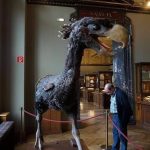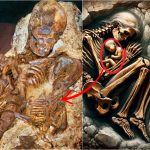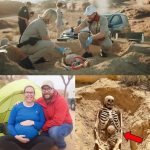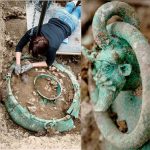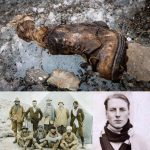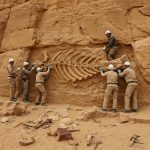🗡️ Ancient Murder Mystery: Unlocking the Secrets of Gebelein Man 🏺
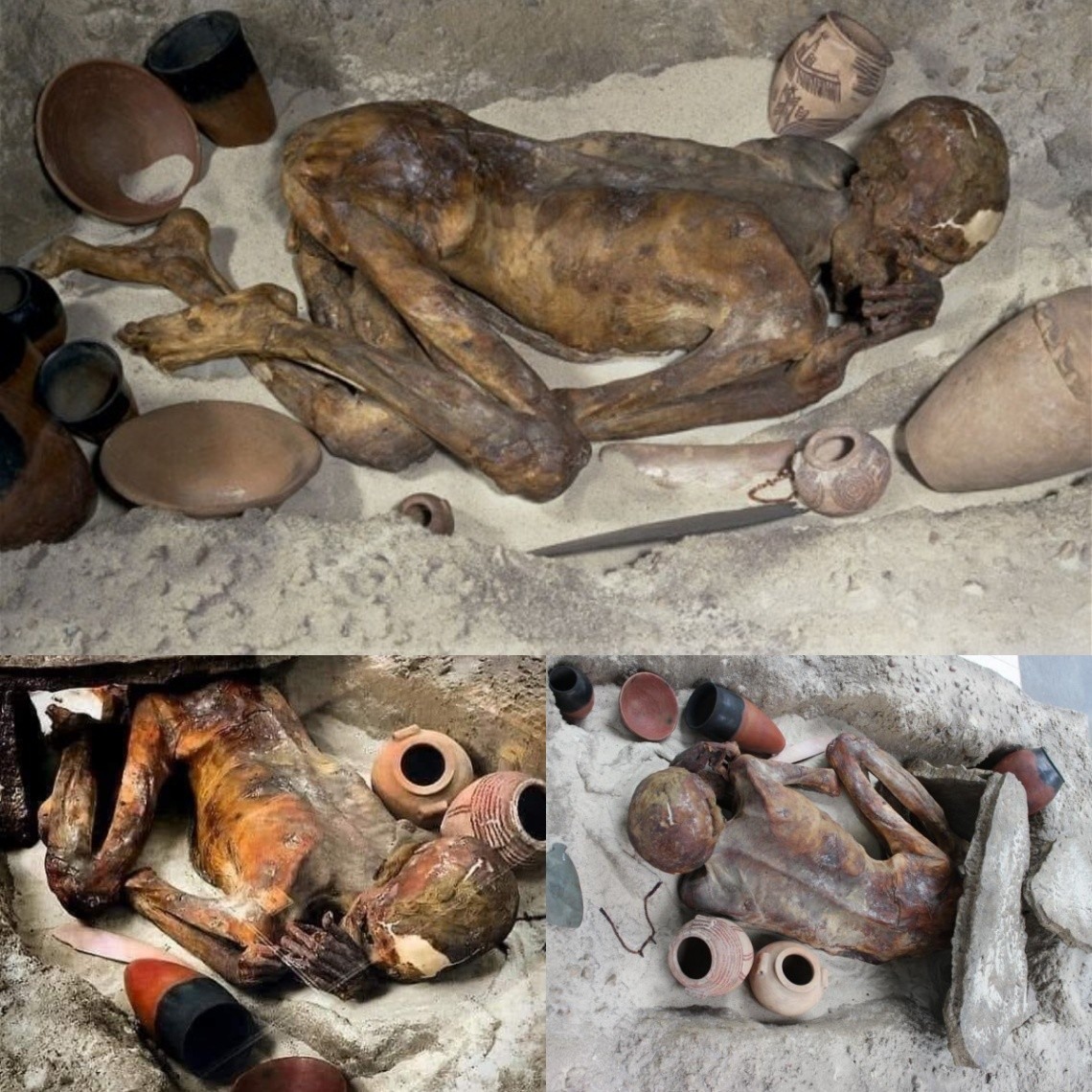
In the sun-scorched sands near Thebes, Egypt, a silent witness to prehistory lies preserved. Known as Gebelein Man, his remains date back to around 3500 BC, offering a rare window into the lives—and deaths—of some of humanity’s earliest complex societies. Unlike many mummified individuals, Gebelein Man tells a story far darker than the quiet stillness of burial: he was murdered.

The body of Gebelein Man shows clear evidence of multiple stab wounds, a discovery that sent ripples through the archaeological community. His death is not the result of natural causes, accident, or ritual preparation—it was intentional, violent, and deliberate. This makes Gebelein Man one of the earliest recorded victims of murder in human history.
Researchers have long debated the motives behind his killing. Tribal rivalry is one plausible explanation. Prehistoric communities often competed fiercely for resources, territory, and survival, and conflict could quickly escalate into lethal violence. Could Gebelein Man have been a casualty of such disputes, a victim caught between warring factions?
Ritual sacrifice is another theory. In many early civilizations, death was intertwined with religious and ceremonial life. Objects found near Gebelein Man, including small pottery shards and symbolic tools, hint at a complex society in which ritual and everyday survival were deeply entwined. Some scholars suggest that his murder may have served a ceremonial purpose, perhaps to appease deities or maintain social order.
Betrayal cannot be ruled out either. His stab wounds suggest close-range attacks, possibly from someone he knew. This points to interpersonal conflict—a fight over power, trust, or honor within a group. Whether political, personal, or ceremonial, the act of murder in Gebelein Man’s time reflects an emerging social structure in which transgressions could be met with lethal consequences.

The artifacts buried alongside him provide additional context. These objects whisper stories of a civilization balancing survival, societal hierarchy, and ritualistic life. Pottery, tools, and simple adornments indicate a community concerned with both daily life and symbolic acts. They suggest that violence, though rare in the archaeological record, was a regulated and meaningful part of this society.
Gebelein Man’s preservation is exceptional. His mummified body, desiccated by the arid desert sands, offers modern science an unparalleled opportunity to study injuries and lifestyle. Forensic analysis has revealed the exact nature of his stab wounds, as well as the probable sequence of events leading to his death. Each detail contributes to a more complete understanding of life—and death—in prehistoric Egypt.
His story sheds light on the roots of human violence and justice. While societies were small and tribal, they already exhibited systems of retribution, protection, and authority. The deliberate nature of Gebelein Man’s murder implies that even at the dawn of history, acts of violence were socially, politically, or spiritually consequential.
By examining Gebelein Man, archaeologists and historians gain insights not just into mortality but also into early societal norms. Questions of punishment, ritual, and interpersonal conflict emerge from his remains, highlighting that human communities, even in their infancy, grappled with the moral and practical implications of violence.
Modern forensic archaeology allows us to step into this prehistoric crime scene. From stab wound analysis to artifact placement, each piece of evidence tells a story, revealing patterns of human behavior that resonate even today. Gebelein Man’s death is a chilling reminder that murder, social conflict, and ritualized violence are not modern inventions—they are deeply rooted in human history.
In conclusion, Gebelein Man is more than a mummified body; he is a narrative etched in flesh and stone, a window into one of the earliest recorded acts of homicide. His life, death, and the objects surrounding him speak to a society navigating survival, hierarchy, and morality at the very dawn of civilization. By studying him, we confront the earliest intersections of violence, justice, and human nature—a story that echoes across millennia.

